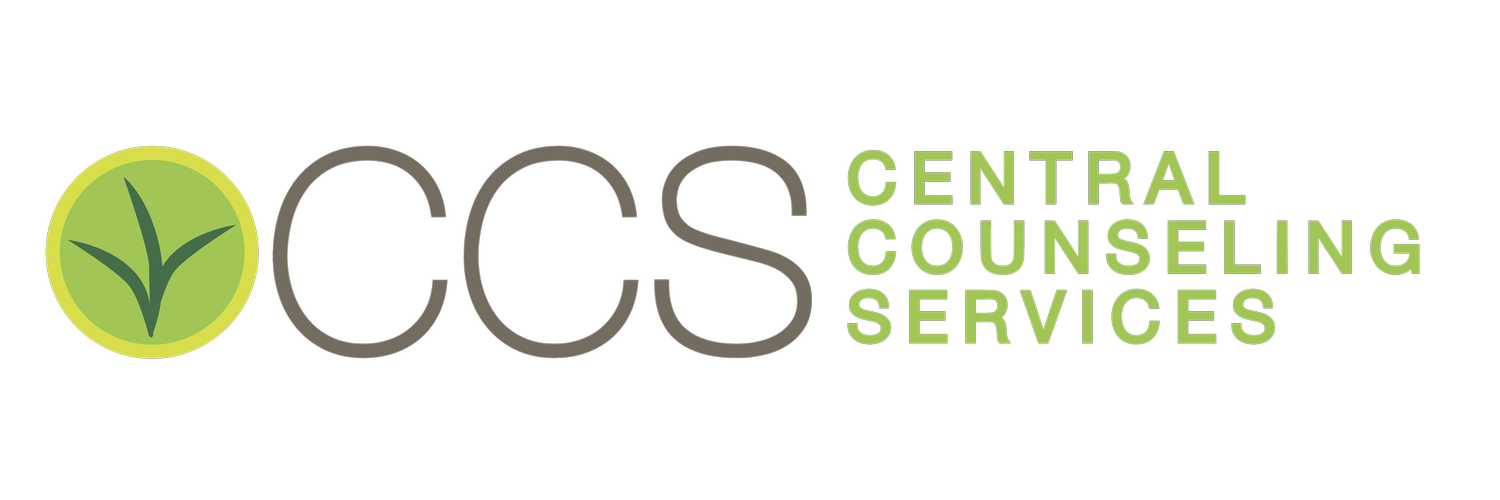Blog


Should We Avoid…Hearing, Knowing, or Talking About Abuse?
I am sure we all know someone who has suffered or who have been exposed to acts of such barbaric magnitude, sexual assault. One thing is for sure it happens, has happened, and will likely happen again to some unsuspecting male or female in our cities, states, and country.
